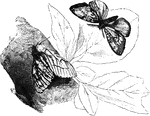
Gratiola
Leaves small, mostly under 3cm long; usually with black dots visible with a lens covering them.

Akee fruit
"…a fleshy fruit containing several large jet-black seeds partly embedded in a white spongy aril.."-Whitney,…
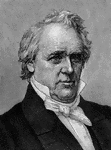
John Brown
In 1859, John Brown collected a small body of men, white and black, in the mountains of Maryland. He…

Ground Beetle
"They are all of medium size, more or less oblong-oval in form, and mostly bronze-colored, rarely brown…
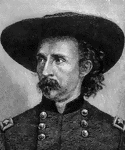
George Armstrong Custer
"George Armstrong Custer, a brilliant cavalry officer, was born at New Rumley, Ohio, December 5, 1839.…

Four-Spotted Beetle
"Smallish insects, generally of a black color, with the elytra rather shorter than the body, which is…

Click Beetle
"The Elater striatus of Caenne, is an inch long, of a black color, and striped upon the back."…
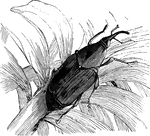
Palm Weevil
"Found in South Ameica, is a very large species, nearly two inches long; it is black, and lives on the…
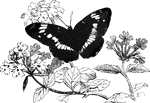
Sybil Butterfly
"The Sybil Butterfly, P. Sybilla, sometimes called the Mourning Butterfly, is a common…
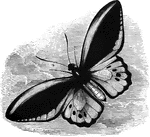
Priam Butterfly
"The Priam butterfly, Papilio priamus, is a native of the Eastern Archipelago; its wings are…

Apollo Butterfly
"The Apollo butterfly, P. Apollo, is found in the damp meadows of the high Alps; the wings…
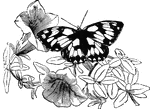
Half-Mourning Butterfly
"The Galatea Butterfly, P. Galatea, A Euoprean species, called The Half-Mourning Butterfly,…
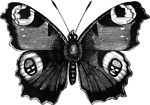
Peacock Butterfly
"The Peacock-butterfly, V. Io, has the edges of the wings denticulated; above they are of a…
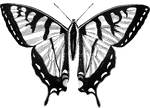
Troilus Butterfly
"The Troilus Butterfly, Papilio Troilus, is a superb insect, the wings denticulated, black,…
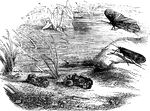
Great Red Sedge and Larva
"The Phrygania striata is over an inch long, of a fawn-color, with the exception of the eyes,…
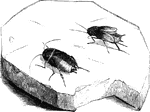
Common Cockroach
"Blattina includes the Cockroaches, the most noted species of which, the Black beetle or Common…
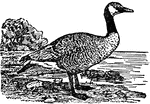
Canada Goose
"The Canada Goose is an American wild goose 30 to 35 inches long, brownish above, lighter below, head,…
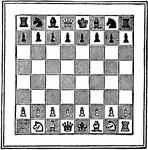
Chess Board
"Chess is the most purely intellectual of all games of skill, the origin of which has been much disputed,…
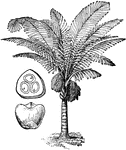
Arenga
"Areng. It yields a black bristly fiber resembling horse hair, which makes excellent cordage, and is…
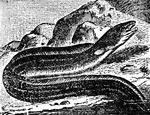
Conger Eel
"Conger is a large sea-eel, 5, 6, or, in rare cases, even 10 feet long. Its upper parts are brownish-white,…

Dugong
"The Dugong is an herbivorous mammal, belonging to the Manatees. It ranges from 10 to 20 feet in length.…
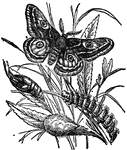
Emperor Moth
"The Emperor Moth, the general color greyish, with white hairs and purple tinges; wings with a hinder…

Goosander
"The Goosander is a web-footed bird in the duck family. The adult male, which measures 26 inches in…

Goosander
"The Goosander is a web-footed bird in the duck family. The adult male, which measures 26 inches in…
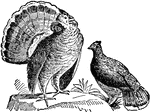
Ruffed Grouse
"Grouse, in ornithology, are various game-birds, specially the black grouse, and the red grouse. The…

Hedgehog
"Hedgehog is a quadruped distinguished by having the body covered with spines instead of hair. The skin…
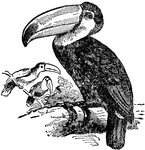
Toucan
"The Toucan, in ornithology, is the popular name of any bird of the genus Rhamphastos. They are all…

Turnstone
"Turnstone is a small genus of birds of the plover family, intermediate between the true plovers and…
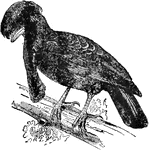
Umbrellabird
"The Umbrella Bird is a native of Peru. It is about the size of a crow, with deep black plumage; the…
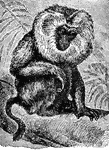
Wanderoo
"The Wanderoo, or Wanderu, is the Macacus silenus, from the S. of Hindustan, especially the country…
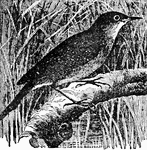
Reed Warbler
"Warbler is a popular name often applied to well-known singing birds of northern climes, whose notes…

Nest of Reed Warbler
"Warbler is a popular name often applied to well-known singing birds of northern climes, whose notes…
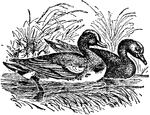
Wigeon
"Wigeon is one of the most popular birds with the American sportsman. Length about eighteen inches;…
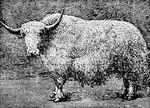
Yak
"Yak is a species of ox from the mountainous regions of Tibet. There are two races: the wild yak, generally…
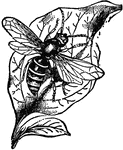
Hornet
"Hornet is the largest species of wasp found in America. The thorax is mostly black; the abdomen is…
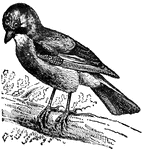
Jay
"Jay is the popular name of a species of birds belonging to the crow family, of a vinous red color;…
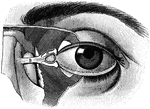
Eyeball
"The Relative Position of the Lachrymal Apparatus, the Eyeball, and the Eyelids. A, lachrymal canals,…
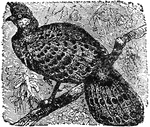
Pheasant
"The Pheasant is one of the most highly prized game birds. The adult male pheasant is a beautiful bird,…
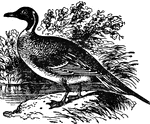
Pintail Duck
"The Pintail Duck has the upper parts and flanks ash, with narrow stripes of black; under parts white;…
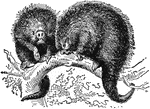
Prehensile Tailed Porcupine
"The Porcupine is a rodent quadruped. The North American porcupine is about two feet long, and of sluggish…

Hystrix Crystata Porcupine
"The Porcupine is a rodent quadruped. The North American porcupine is about two feet long, and of sluggish…
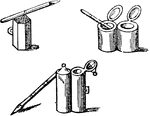
Atramentum
"A term applicable to any black colouring substance, for whatever purpose it may be used, like the melan…

Sand Lizard
"The Sand Lizard is a common European lizard, about seven inches long, of which the tail is four. Usual…

Hooded Seal
"The Seal, of the family Phocidæ, or seal tribe, are, of all four-limbed mammiferous animals,…
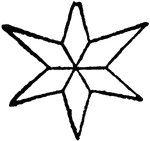
Snow Crystals
"Snow is water solidified in stellate crystals, variously modified, and floating in the atmosphere.…
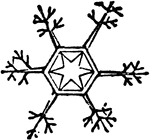
Snow Crystals
"Snow is water solidified in stellate crystals, variously modified, and floating in the atmosphere.…
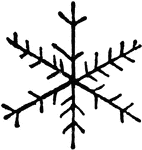
Snow Crystals
"Snow is water solidified in stellate crystals, variously modified, and floating in the atmosphere.…
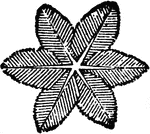
Snow Crystals
"Snow is water solidified in stellate crystals, variously modified, and floating in the atmosphere.…
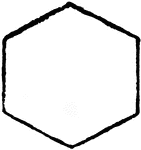
Snow Crystals
"Snow is water solidified in stellate crystals, variously modified, and floating in the atmosphere.…
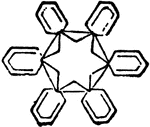
Snow Crystals
"Snow is water solidified in stellate crystals, variously modified, and floating in the atmosphere.…
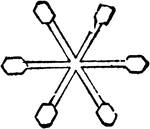
Snow Crystals
"Snow is water solidified in stellate crystals, variously modified, and floating in the atmosphere.…
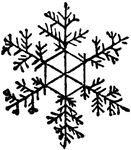
Snow Crystals
"Snow is water solidified in stellate crystals, variously modified, and floating in the atmosphere.…
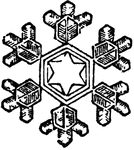
Snow Crystals
"Snow is water solidified in stellate crystals, variously modified, and floating in the atmosphere.…
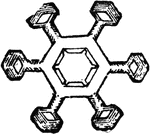
Snow Crystals
"Snow is water solidified in stellate crystals, variously modified, and floating in the atmosphere.…
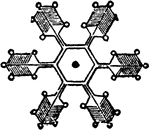
Snow Crystals
"Snow is water solidified in stellate crystals, variously modified, and floating in the atmosphere.…

Snow Crystals
"Snow is water solidified in stellate crystals, variously modified, and floating in the atmosphere.…

Snow Crystals
"Snow is water solidified in stellate crystals, variously modified, and floating in the atmosphere.…

Spider Fly
"Spider Fly is a genus of dipterous insects, chiefly allied to the forest fly. The insects are parasitical…
